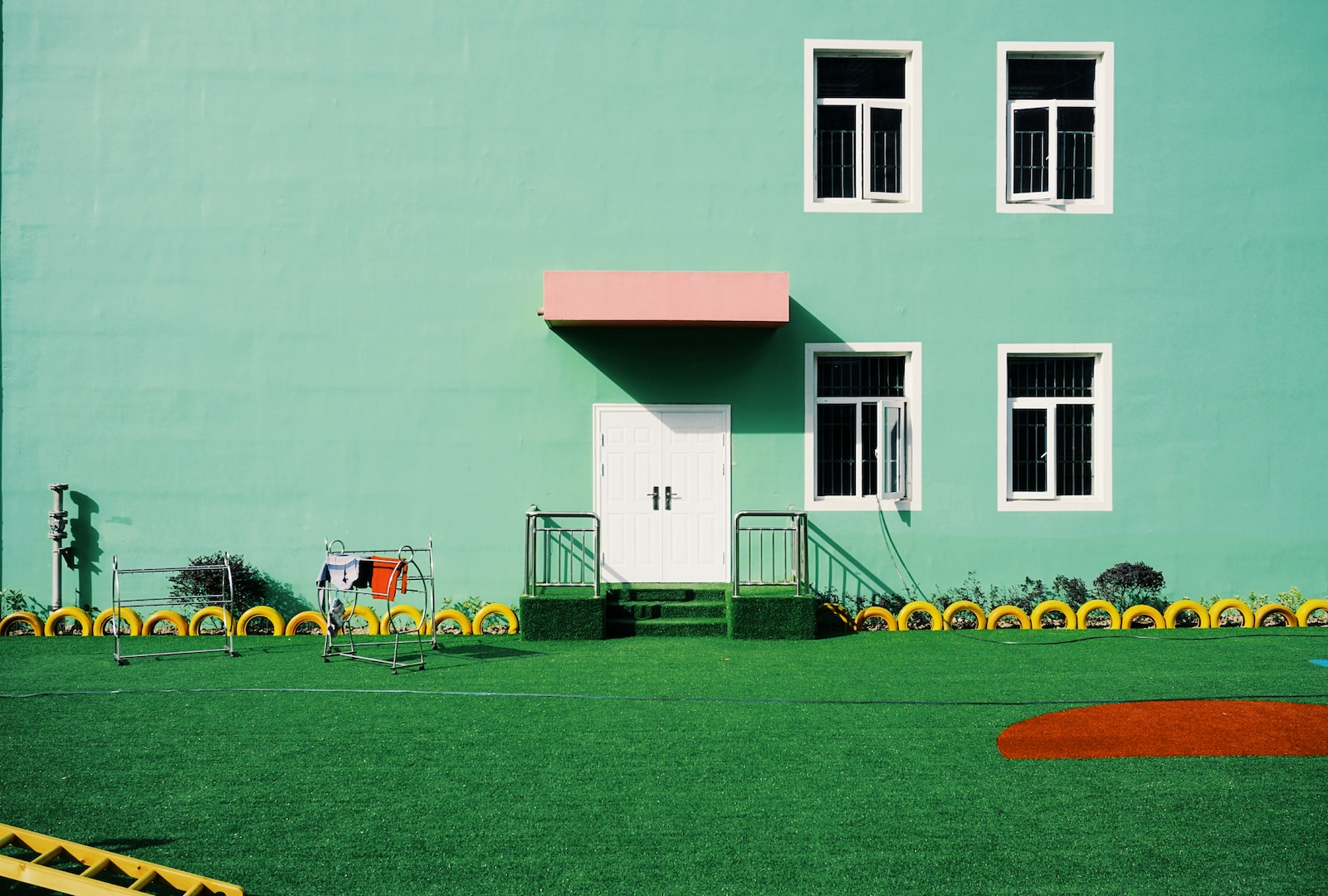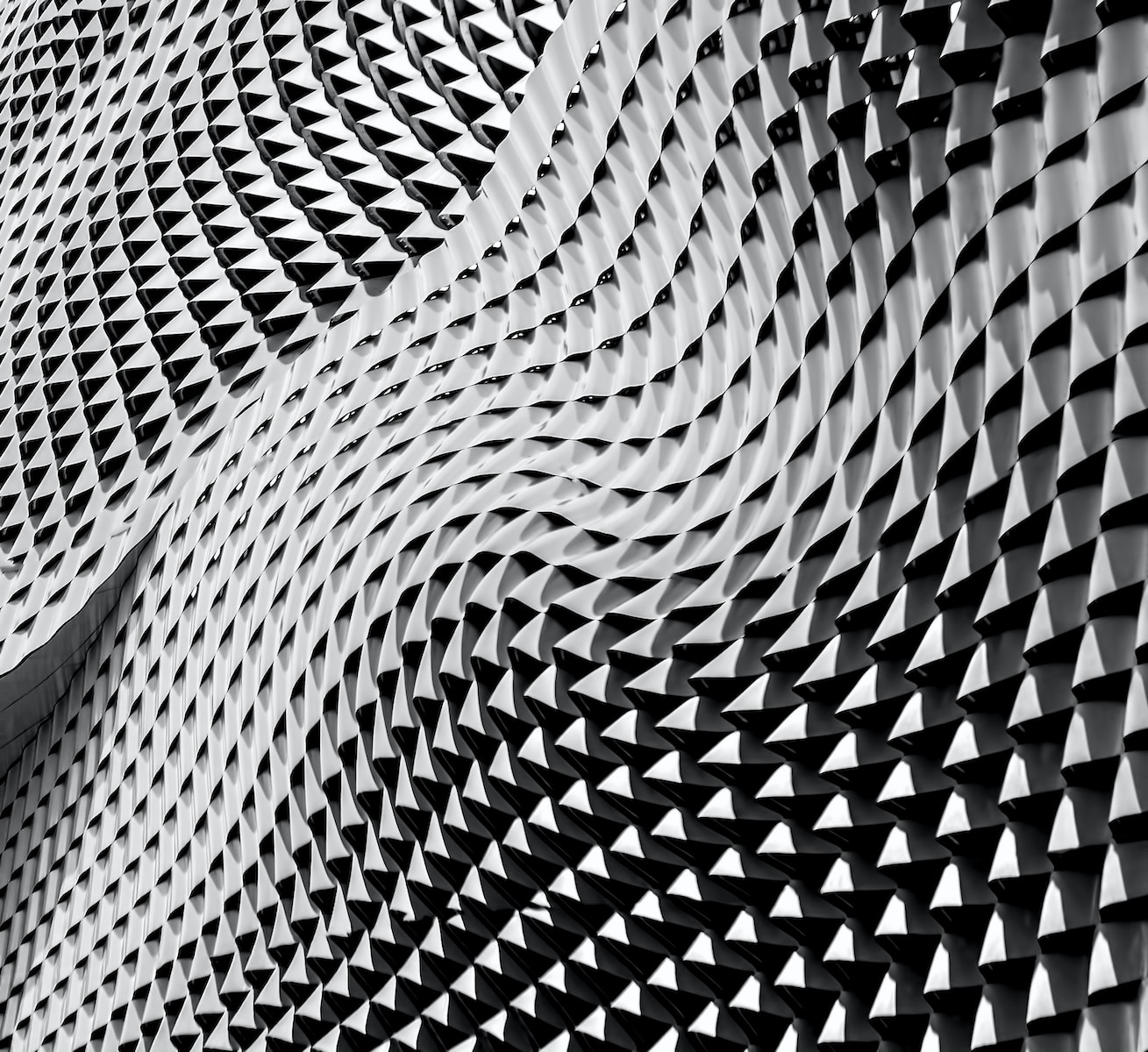Welcome to our comprehensive guide on how to correct image exposure in post-processing! Whether you’re a photography enthusiast or just starting out, this blog is designed to provide you with the knowledge and techniques needed to master the art of correcting image exposure. With step-by-step guidance and easy-to-understand explanations, we will take you through the process of understanding, analyzing, and ultimately correcting image exposure, ensuring your photos are always looking their best. Let’s dive in!
Table of Contents
- What is Image Exposure?
- Understanding Histograms
- Using Exposure Compensation
- Balancing Exposure with Tone Curves
- A How-to Guide: Correcting Image Exposure in Post-Processing
- Frequently Asked Questions
- 1. What is image exposure?
- 2. Why is correct image exposure important?
- 3. What is post-processing?
- 4. How can I analyze image exposure?
- 5. What are common issues with image exposure?
- 6. How can I correct image exposure in post-processing?
- 7. What software can I use for post-processing?
- 8. Can I correct image exposure on a smartphone?
- 9. Are there any guidelines for correcting image exposure?
- 10. Is it better to correct exposure in-camera or in post-processing?
- Wrap Up
What is Image Exposure?
In the world of photography, exposure refers to the amount of light that reaches your camera’s sensor when you capture a photo. Proper exposure is crucial for producing high-quality images with accurate colors and a balanced tonal range. It determines the brightness or darkness of your photo and plays a vital role in creating the desired mood and atmosphere.
Why is Correcting Image Exposure Important?
Correcting image exposure is essential because even the most skilled photographers can encounter lighting challenges. Whether it’s a result of harsh sunlight, low-light situations, or incorrect camera settings, images can end up overexposed (too bright) or underexposed (too dark). Correcting exposure in post-processing allows you to rescue poorly exposed images and bring out essential details that may have been lost.
Understanding Histograms
To effectively correct image exposure, it’s essential to understand histograms. Histograms are graphical representations of the tonal distribution in your photo. They display the distribution of brightness values, from shadows (blacks) on the left to highlights (whites) on the right, with mid-tones in between. Analyzing histograms gives you insight into the overall exposure and helps you identify potential issues.
Highlight and Shadow Clipping
Highlight clipping occurs when parts of your image reach a pure white, causing loss of detail in those areas. On the other hand, shadow clipping happens when areas become pure black, resulting in loss of shadow details. Understanding these clipping issues is crucial for achieving proper exposure, as you’ll want to avoid significant areas of clipping unless you intentionally aim for artistic effects.
Interesting fact: The term “exposure” originated from the Latin word “exponere,” meaning “to put forth” or “to set forth.”
Using Exposure Compensation
Exposure compensation is a feature found in most cameras that allows you to adjust the exposure of a photo before capturing it. This feature enables you to make your image brighter (by using positive compensation) or darker (by using negative compensation) without affecting other settings. It is especially handy in situations where your camera’s automatic exposure isn’t accurately capturing the intended exposure.
The Power of RAW Format
Shooting in RAW format gives you greater flexibility in correcting image exposure during post-processing. RAW files contain all the data your camera’s sensor captures, offering more room for adjustments without sacrificing image quality. Unlike JPEG files, which apply in-camera adjustments, RAW files allow you to fine-tune exposure, recovering highlights and shadows effectively.
Exposure Adjustments with Software
When it comes to post-processing exposure, various software tools can assist you in achieving optimal results. Adobe Lightroom, Capture One, and DxO PhotoLab are popular options that offer powerful exposure adjustment capabilities. These tools provide sliders to alter exposure, highlights, shadows, and other key settings, enabling you to correct exposure with precision and control.
Balancing Exposure with Tone Curves
Tone curves allow you to control the brightness and contrast of specific tones in an image. By adjusting the curve, you can fine-tune the exposure for different tonal ranges without affecting the overall image exposure. This powerful tool helps you target specific areas that need correction, ensuring a balanced and natural-looking final result.
Local Exposure Adjustments
When global exposure adjustments aren’t sufficient, local exposure adjustments come to the rescue. Using tools like gradient filters, radial filters, or adjustment brushes, you can selectively modify exposure in specific areas of your photo. This technique is particularly effective when dealing with challenging lighting conditions or subjects with extreme contrast.
Ensuring Natural-Looking Results
While correcting image exposure, it’s essential to maintain a natural and realistic appearance. Overdoing exposure adjustments can lead to unrealistic and artificial-looking images. Take a step back and regularly evaluate your edits to ensure you’re achieving the desired outcome without sacrificing the essence and authenticity of the original scene.
By implementing these techniques and mastering the art of correcting image exposure in post-processing, you’ll be well on your way to capturing and creating captivating photos that truly stand out. Explore the possibilities, experiment with different approaches, and let your creativity shine through!
A How-to Guide: Correcting Image Exposure in Post-Processing
As a beginner photographer, one of the most common challenges you’ll face is achieving the perfect exposure in your images. Whether it’s overexposure or underexposure, improper exposure can greatly affect the overall quality of your photographs. Thankfully, with the power of post-processing, you can correct and enhance your image exposure to achieve the desired result. In this guide, we will walk you through the process of correcting image exposure using various post-processing techniques.
1. Evaluating the Exposure
The first step in correcting image exposure is to accurately evaluate the existing exposure of your photograph. This can be done by carefully examining the histogram, which provides a graphical representation of the distribution of pixels in your image’s tonal range. Aim for a histogram that is well-distributed, avoiding extreme spikes on either end.
2. Adjusting Exposure in Lightroom
Lightroom is a popular post-processing software that offers advanced tools for correcting image exposure. To make adjustments, navigate to the “Develop” module and locate the “Basic” panel. Here, you can adjust the exposure slider to brighten or darken the entire image. Be mindful not to push the exposure too far, as it may result in loss of detail or introduction of noise.
3. Utilizing Tone Curves
Tone curves are powerful tools that allow precise control over exposure adjustments. In Lightroom, head to the “Tone Curve” panel and adjust the curve to manipulate the tonal values in your image. For an underexposed image, bring up the shadows and midtones, while for an overexposed image, reduce the highlights and brighten the shadows. Experiment with different curve adjustments until you achieve the desired exposure balance.
4. Gradient and Radial Filters
Another effective technique for correcting image exposure is using gradient and radial filters. These filters allow you to make selective adjustments to specific areas of your image. In Lightroom, use the gradient filter to darken or brighten certain portions of the image, such as the sky or foreground. The radial filter can be used to create circular adjustments, ideal for enhancing the exposure of a specific subject.
5. Blending Exposures with HDR
If your image contains extreme exposure differences between different areas, the HDR (High Dynamic Range) technique can be used to combine multiple exposures and create a well-exposed final image. This technique involves capturing multiple shots at different exposures and merging them in post-processing software like Lightroom or Photoshop. The result is a final image with balanced exposure throughout.
Correcting image exposure in post-processing can truly elevate the quality of your photographs. By evaluating the exposure, adjusting settings in Lightroom, utilizing tone curves, employing gradient and radial filters, and blending exposures with HDR, you can effectively correct exposure issues and bring out the best in your images. Remember to practice, experiment, and trust your creative instincts to achieve the desired results. Happy photographing!
Frequently Asked Questions
1. What is image exposure?
Image exposure refers to the amount of light captured by the camera sensor when taking a photograph. It determines how bright or dark the image appears.
2. Why is correct image exposure important?
Correct image exposure ensures that the photo accurately represents the true colors and details of the scene. It helps to create visually appealing and balanced images.
3. What is post-processing?
Post-processing is the editing stage after capturing an image. It involves using software tools to enhance, correct, and refine the image, including adjusting exposure.
4. How can I analyze image exposure?
To analyze image exposure, you can use the histogram feature available in many photo editing software. The histogram graph displays the distribution of tones in the image, allowing you to identify overexposed or underexposed areas.
5. What are common issues with image exposure?
Common issues with image exposure include overexposure (when the image is too bright with loss of detail in highlights) and underexposure (when the image is too dark with loss of detail in shadows).
6. How can I correct image exposure in post-processing?
There are various techniques to correct image exposure in post-processing, such as using exposure adjustment sliders, using curves or levels adjustments, or using tools like brightness and contrast. These adjustments help to brighten or darken the image and restore proper exposure.
7. What software can I use for post-processing?
There are several popular software options for post-processing, including Adobe Photoshop, Lightroom, Capture One, and GIMP (a free and open-source alternative). Choose the one that suits your needs and preferences.
8. Can I correct image exposure on a smartphone?
Yes, many photo editing apps are available for smartphones that provide exposure correction tools. These apps allow you to adjust brightness, contrast, and other exposure settings to improve your photos.
9. Are there any guidelines for correcting image exposure?
While there are no strict rules, it’s generally recommended to avoid extreme overexposure or underexposure. Aim for a well-balanced image with details in both highlight and shadow areas unless you intentionally want to create a specific artistic effect.
10. Is it better to correct exposure in-camera or in post-processing?
While it’s ideal to get the exposure right in-camera, sometimes it’s not possible due to challenging lighting conditions or other factors. In such cases, post-processing can be a valuable tool to correct and fine-tune the exposure.
Wrap Up
In conclusion, knowing how to correct image exposure in post-processing is a crucial skill for every photographer. By understanding the exposure triangle and utilizing various techniques such as adjusting brightness, contrast, and highlights, you can transform a mediocre shot into a stunning masterpiece. Remember to shoot in RAW and always make a backup of your original files before making any adjustments.
As a beginner photo enthusiast, practicing on your own images and experimenting with different post-processing software will gradually improve your skills. Don’t be afraid to try new techniques and take risks. With time and dedication, you’ll master the art of image exposure correction.
Now, it’s your turn! Have you tried correcting image exposure in post-processing? What challenges have you faced, and what techniques have you found most effective? Share your thoughts and experiences in the comments below. Let’s engage and learn from each other!



